Do Wall Sconces with Multiple Bulbs Produce More Light?
Do Wall Sconces with Multiple Bulbs Produce More Light? I always had this doubt and started looking for a solution.
Yes, wall sconces with multiple bulbs typically produce more light than those with a single bulb. This is because they have multiple sources of light, which can increase the overall brightness and coverage of the fixture.
However, the amount of light produced will also depend on the type and wattage of the bulbs used, as well as the design of the sconce itself.
So, Not wasting your time. In this blog post, you will find the perfect answer to the query and also you will take a decision on which bulb to choose.
Factors Affecting Brightness and Energy Efficiency
When contemplating wall sconces, the brightness level is a crucial factor. Whether you aim to create a cozy ambiance or a well-lit reading nook, selecting the appropriate sconce can significantly impact you.
Various factors can influence the brightness level of a wall sconce. The type of light bulbs you utilize can have a substantial impact. For example, LED bulbs are energy-efficient and long-lasting, which makes them a prevalent choice for sconces. However, incandescent bulbs produce a warmer, more yellow-toned light that some individuals prefer.
Another consideration is the size and design of the sconce itself. A larger sconce can accommodate more bulbs, creating a better overall effect. Furthermore, the shape and design of the sconce can affect the direction and spread of light, which impacts the overall brightness level.
The wall’s reflectivity is a crucial consideration when mounting a sconce. A matte or rough wall surface will absorb more light than a smooth, glossy surface, affecting the sconce’s brightness level and lighting effectiveness.
By taking these factors into account, you can make an informed decision about your sconce’s brightness and energy efficiency.
Importance of Choosing the Right Light Bulbs for Your Wall Sconces
Choosing the right light bulbs for your wall sconces is crucial when it comes to achieving the desired lighting effect. There are several factors to consider when selecting the best light bulbs for your sconces.
First, consider the brightness level of the bulb. Bulbs are measured in lumens, which is a measure of the amount of visible light emitted by the bulb. The higher the lumens, the brighter the light. Consider the size of the room and the desired lighting effect when selecting the appropriate lumens.
Second, consider the color temperature of the bulb. Color temperature is measured in Kelvins and determines the warmth or coolness of the light. A lower Kelvin temperature (around 2700K) will produce a warm, yellow-toned light similar to incandescent bulbs. A higher Kelvin temperature (around 5000K) will produce a cooler, bluish-white light similar to daylight.
Finally, consider the energy efficiency of the bulbs. LED bulbs are known for their energy efficiency and longevity, making them a popular choice for sconces. They may be more expensive upfront, but they can save you money in the long run on your energy bill.
By considering these factors when selecting light bulbs for your wall sconces, you can ensure that you achieve the desired lighting effect while also being energy-efficient and cost-effective.
Comparison of Brightness Levels Between Single and Multiple Bulb Sconces
When it comes to wall sconces, there are two main types: those with a single bulb and those with multiple bulbs. Many people wonder whether sconces with multiple bulbs produce more light than those with a single bulb.
In general, sconces with multiple bulbs do produce more light than those with a single bulb. This is because the total lumen output is higher when multiple bulbs are used. However, the exact amount of light produced will depend on the wattage and lumens of the bulbs used in each sconce.
To help illustrate this, I’ve created a table comparing the brightness levels of single-bulb and multiple-bulb sconces with different wattages and lumens:
| Sconce Type | Number of Bulbs | Wattage per Bulb | Lumens per Bulb | Total Wattage | Total Lumens |
| Single-bulb | 1 | 60W | 800 | 60W | 800 |
| Double-bulb | 2 | 40W | 450 | 80W | 900 |
| Triple-bulb | 3 | 25W | 200 | 75W | 600 |
| Four-bulb | 4 | 15W | 100 | 60W | 400 |
As you can see from the table, the total lumens increase as the number of bulbs in the sconce increases. This means that while sconces with multiple bulbs do produce more light, they may not necessarily be more energy-efficient.
Additionally, it’s worth noting that the exact amount of light produced by a sconce will depend on other factors such as the height of the sconce, the placement of the bulbs, and the type of shade or cover used.
While sconces with multiple bulbs do produce more light than those with a single bulb, it’s important to consider the wattage and lumens of each bulb, as well as the overall energy efficiency of the sconce.
Advantages and Disadvantages of Each Type of Wall Sconce
We have multiple wall sconces in the market. But, do you know which type of wall sconces best suits you? In this confusion, I have listed the advantages and disadvantages of each type of wall sconce.
Advantages of single-bulb sconces:
- Energy efficiency: Single-bulb sconces have a tendency towards greater energy efficiency as they require a lower wattage output in comparison to their multiple-bulb counterparts.
- Minimalistic design: The minimalistic design of these single-bulb sconces makes them particularly well-suited for spaces with a preference for simplicity and an aesthetic that is less ornate.
- Easy to install: Installing these sconces is less time-consuming and simpler, owing to the presence of only one bulb, in contrast to the multiple-bulb sconces which require more effort and time investment.
Disadvantages of single-bulb sconces:
- Limited brightness: Single-bulb sconces produce less light than multiple-bulb sconces, making them less ideal for larger spaces or spaces that require more brightness.
Advantages of multiple-bulb sconces:
- More light output: Multiple-bulb sconces produce more light than single-bulb sconces, making them ideal for larger spaces or spaces that require more brightness.
- Versatility: Multiple-bulb sconces can be designed in various shapes and sizes, making them ideal for different spaces and aesthetics.
- Customizable light: With multiple bulbs, you can customize the light to your liking by using bulbs of different colors or dimming certain bulbs.
Disadvantages of multiple-bulb sconces:
- Energy consumption: Multiple-bulb sconces tend to consume more energy than single-bulb sconces, making them less energy-efficient.
- Complex design: Multiple-bulb sconces can be more complex in design and installation, making them more time-consuming and difficult to install.
To help summarize these advantages and disadvantages, I’ve created a table below:
| Sconce Type | Advantages | Disadvantages |
| Single-bulb | Energy efficient, minimalist design, easy to install | Limited brightness |
| Multiple-bulb | More light output, versatility, customizable light | Higher energy consumption, complex design, and installation |
Choosing Between Single and Multiple Bulb Sconces
When one is faced with the decision of choosing between a single-bulb sconce or one that boasts multiple bulbs, a number of factors must be taken into account.
Foremost among these factors is the brightness level required by the given room in question. If the space in question is of a larger size, necessitating a greater amount of illumination, it may be wise to opt for a multiple-bulb sconce.
Conversely, if the space is smaller and requires only a gentle luminosity, a single-bulb sconce may very well suffice. In addition to luminosity requirements, one should also give consideration to the stylistic atmosphere of the room.
A single-bulb sconce will often lend a streamlined and minimalist aesthetic to the area, whereas a multiple-bulb sconce has the potential to imbue the space with heightened drama and an increased level of visual intrigue.
Lastly, when deliberating between the two sconce types, energy efficiency is an important variable to keep in mind.
Multiple-bulb sconces are apt to consume more energy than their single-bulb counterparts, and so if the objective is to preserve energy and reduce one’s electricity expenses, a single-bulb sconce would likely serve as the more prudent option.
Conclusion
Wall sconces with multiple bulbs can indeed produce more light than those with a single bulb. However, the exact brightness level will depend on a variety of factors, including the wattage and type of bulb used, the design of the sconce, and the size of the room.
When choosing between single and multiple bulb sconces, consider factors such as the brightness level needed, the style of the room, and the energy efficiency of the sconce. Ultimately, the decision will come down to your personal preferences and the specific needs of your space.
Do you have any experiences or tips to share about using wall sconces in your home? I’d love to hear from you! Please leave a comment below and join the conversation.

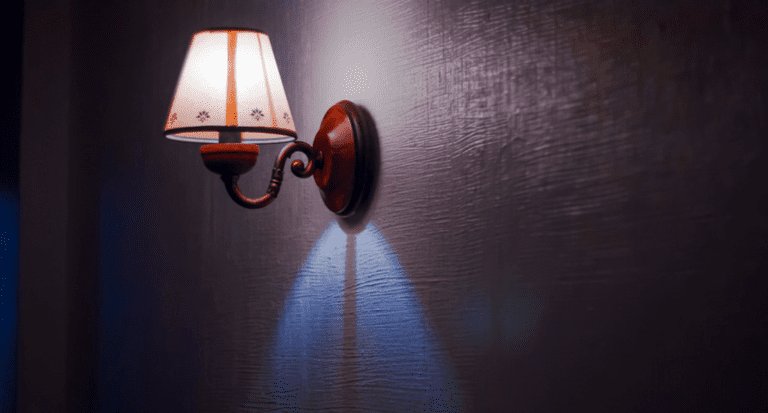
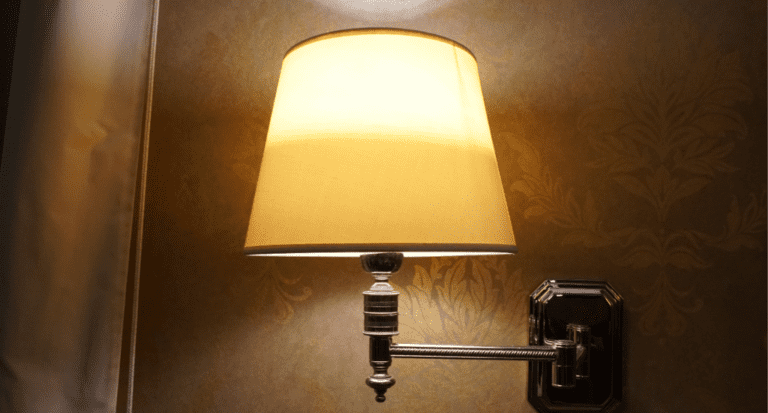

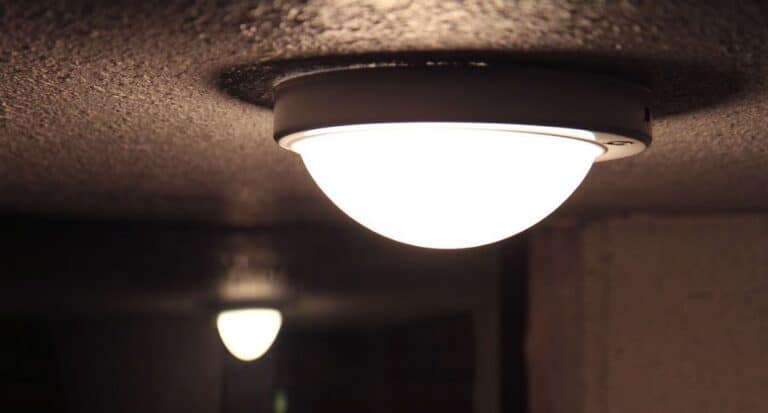
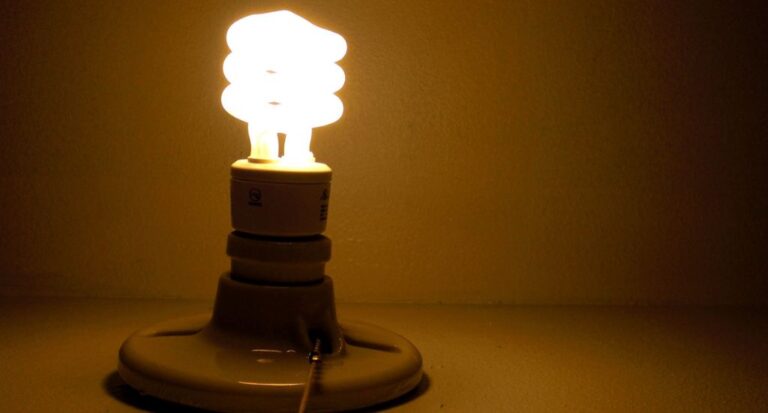
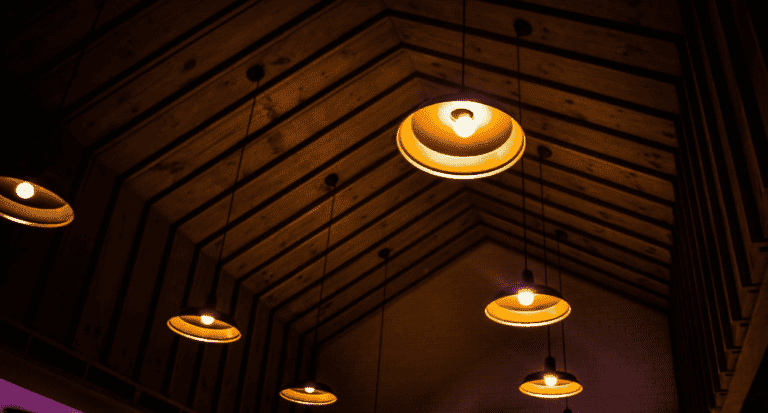
One Comment